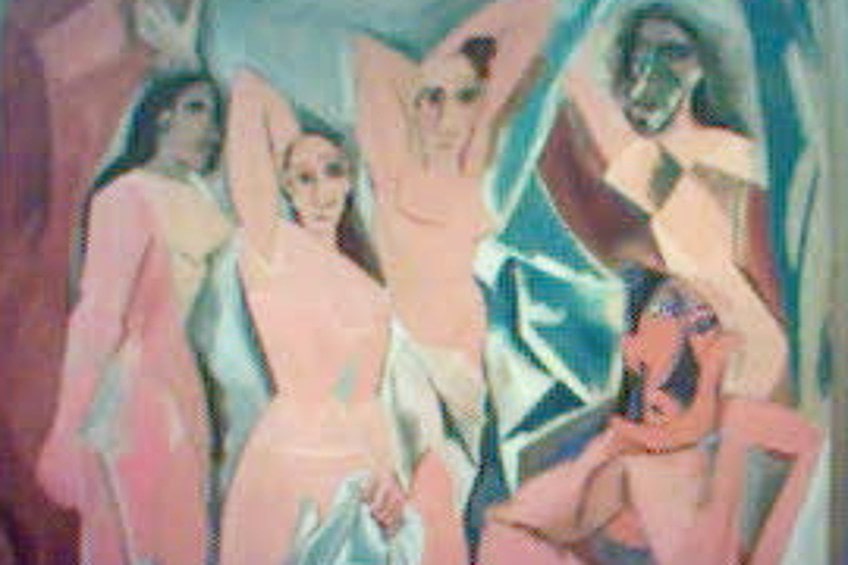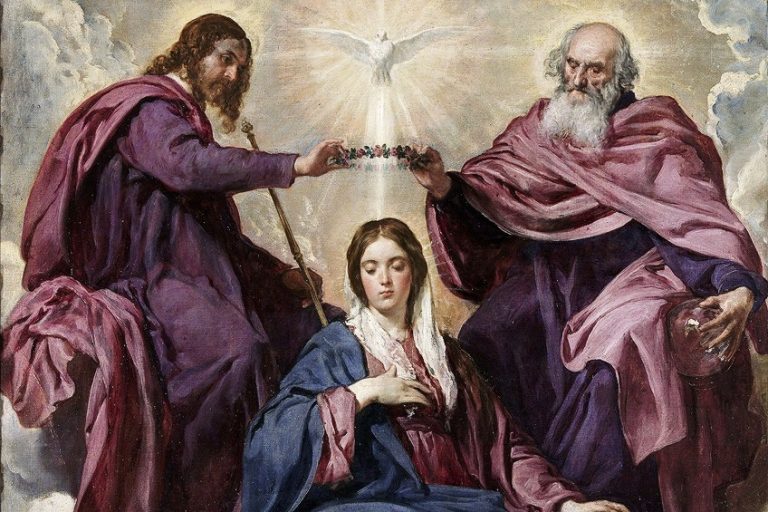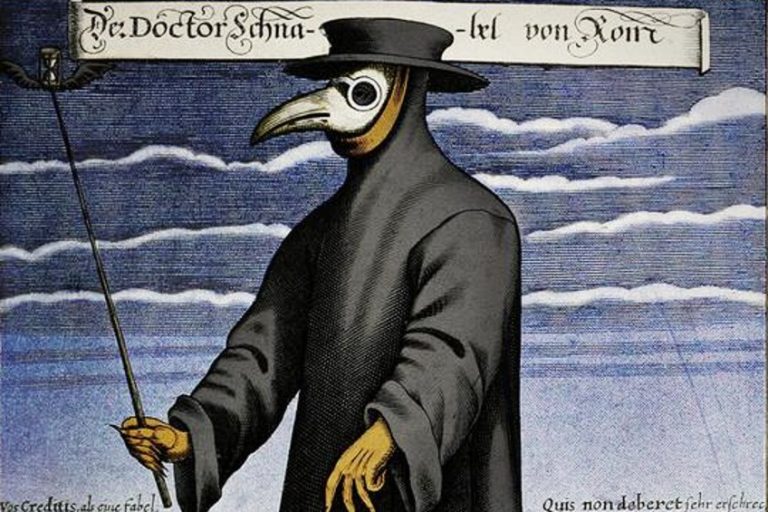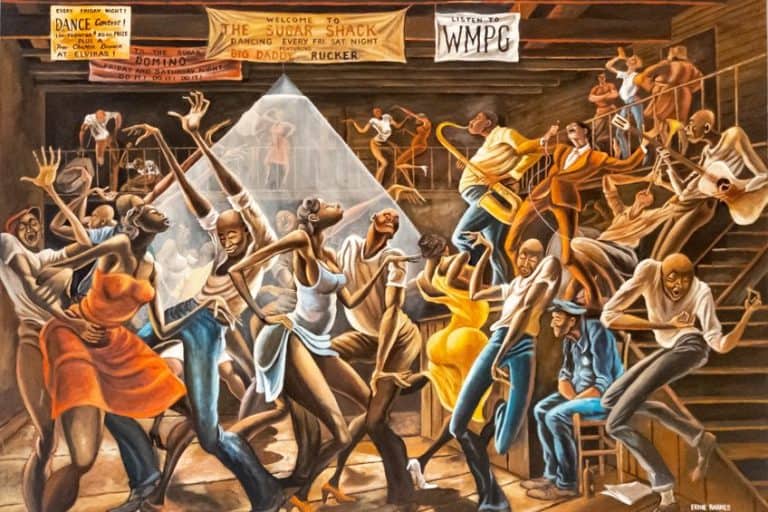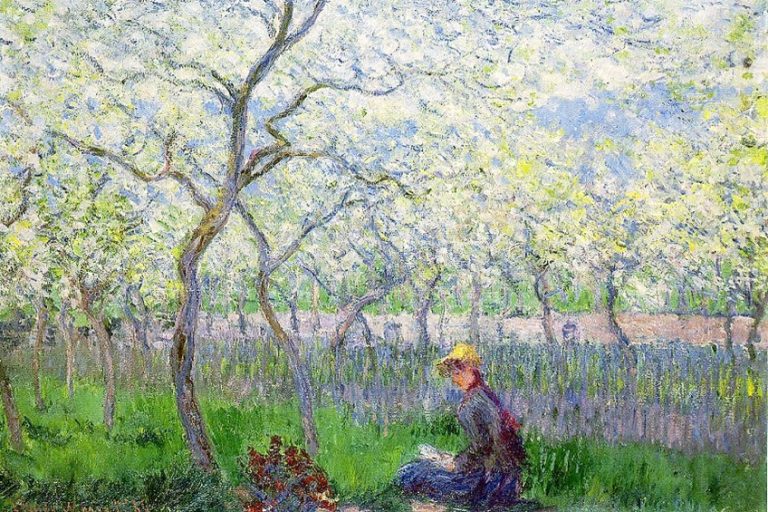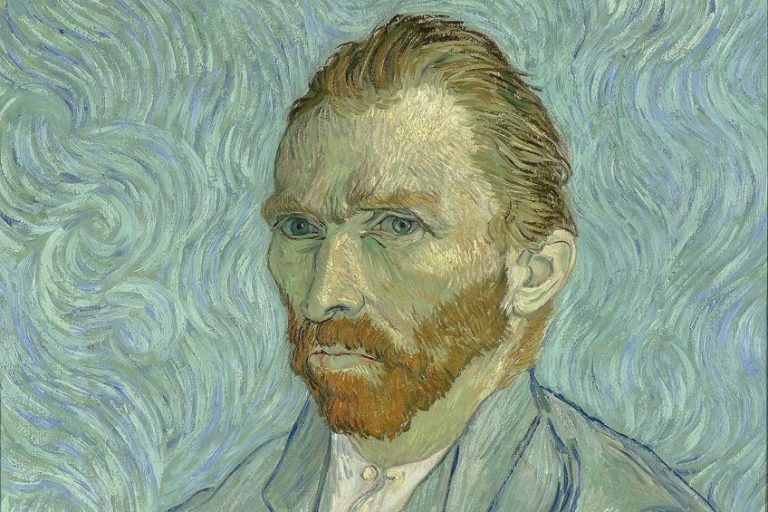“Les Demoiselles d’Avignon” Picasso – A Pablo Picasso Artwork Analysis
Upturning the notions of convention and traditional modes of portrayal, Pablo Picasso’s famous Young Ladies of Avignon, not to be confused with the legendary Arthurian island of Avalon, has been regarded as one of the most important modernist paintings. This is the painting, otherwise known as Les Demoiselles d’Avignon (1907), which we will explore in more detail below.
Artist Abstract: Who Was Pablo Picasso?
Pablo Ruiz Picasso was born in a city in Andalusia in Spain in 1881 on 25 October. His father taught art and mentored Picasso with foundational artistic skills. During Picasso’s early teenage years he started formal schooling in art and around age 16 he attended Madrid’s Real Academia de Bellas Artes de San Fernando. Picasso also traveled to places like Paris.

He was acquainted with numerous notable artists like his fellow Georges Braque and Julio González. Picasso’s artistic oeuvre has been distinguished by various phases, namely, Blue Period (c.1901 to 1904), Rose Period (c. 1905 to 1907), African-influenced Period (c. 1907 to 1909), and then Cubism Period, which consisted of Analytical (c. 1909 to 1912) and Synthetic (c. 1912 to 1919). Picasso died from a pulmonary edema in April 1973.
Les Demoiselles d’Avignon by Pablo Picasso in Context
Les Demoiselles d’Avignon has often been regarded as the precursor to Cubism, identified as a Proto-Cubist painting; proto is a prefix that means “first formed” or the earlier forms of something. However, this is not just any “proto” type of Cubist artwork, but a revolutionary depiction of art that signified the new Modern era.
In the article below, we will look at the Les Demoiselles d’Avignon analysis, starting with a brief contextual background about why Picasso painted it and some of the influencing factors around the Les Demoiselles d’Avignon meaning.
We will then discuss the formal analysis looking at the subject matter in more detail as well as Picasso’s stylistic approach in terms of painting techniques and perspective, which is what makes this painting so unconventional and defiant for its time.
| Artist | Pablo Ruiz Picasso |
| Date Painted | 1907 |
| Medium | Oil on canvas |
| Genre | Genre painting |
| Period / Movement | Proto-Cubism |
| Dimensions | 243.9 x 233.7 centimeters |
| Series / Versions | Not applicable |
| Where Is It Housed? | The Museum of Modern Art (MOMA) |
| What It Is Worth | Bought for $24,000 by the Museum of Modern Art |
Contextual Analysis: A Brief Socio-Historical Overview
In the painting, Les Demoiselle d’Avignon Picasso upended what was deemed traditional in painting, for example, the more realistic portrayals of figures and natural environments. These also followed a set of standards in the art that have existed since the Renaissance and upheld through the academic tenets of the French Academy throughout the 18th and 19th centuries.
These set of standards for how paintings were always expected to be created involved a three-dimensionality, depicting space and depth through various techniques like linear perspective and light and shadow, otherwise referred to as chiaroscuro – techniques we have all come to understand through the great masters of art like Leonardo da Vinci or Michelangelo from the Renaissance period. However, times have changed, and we now enter the 20th century, where artists are no longer expected to follow Classical rules.
Additionally, before Cubism came to be, the 19th century was dappled with divergent artists who digressed from following Classical traditions set out by the French Academy and the main exhibition institution known as the Salon in Paris.
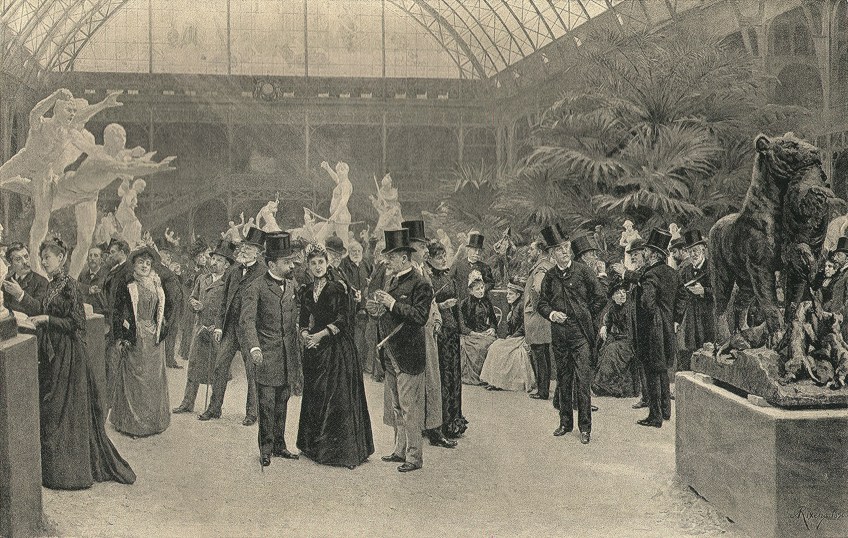
But what art movements came before Cubism, who were these divergent artists? A brief understanding of them will aid in our understanding of how Pablo Picasso worked and was influenced. There were several important art styles that emerged after Impressionism during the 19th century. We will use Impressionism as the baseline because this was one of the first art movements that turned away from traditional academic art.
Post-Impressionism developed and had various styles within it, most notably Neo-Impressionism with artists like Georges Seurat who pioneered Pointillism. Other prominent art movements included Fauvism with pioneers like Henri Matisse and André Derain. The Fauves focused a lot on color and expression of this through subject matter, which bordered on abstraction.
Some of the forefathers that inspired not only Pablo Picasso, but numerous artists from the 19th and 20th centuries, were notably Vincent van Gogh, Paul Cézanne, and Paul Gauguin, all post-Impressionists who sought to convey new modes of representation through color and brushwork.
Cézanne’s approach to creating artworks was more analytical and he planned his paintings, unlike the en plein air approach of the Impressionists. He combined colors, forms, and how they interacted, additionally this application of color was not true to nature.
Matisse was widely quoted as saying that Cézanne was “the father of us all”. The oil on canvas The Large Bathers (Les Grandes Baigneuses) (1898 to 1905) was one of Cézanne’s famous artworks and would continue to be an emblem for artists like Pablo Picasso and Henri Matisse.
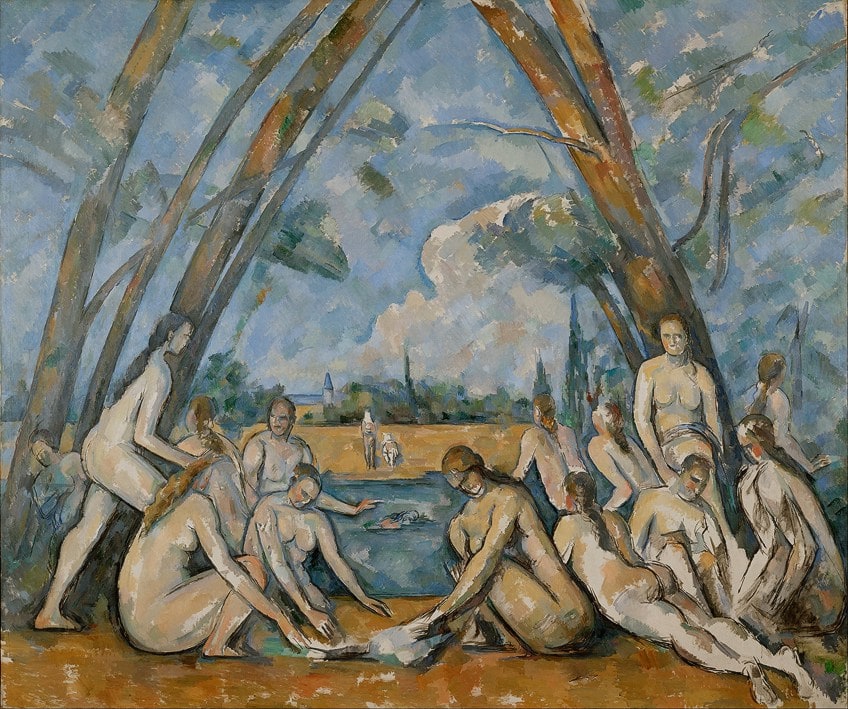
So, when Cézanne’s The Large Bathers was exhibited in 1907 as part of an honorary exhibition for the then-deceased artist, this influenced Picasso’s style. It was not just Cézanne that influenced Picasso, but when Matisse saw The Large Bathers, he set out to paint something quite similar, his famous and radical oil on canvas, Bonheur de Vivre (Joy of Life) (1905 to 1906).
Apparently, Pablo Picasso had a competitive side to him and as a result, he created his own painting in response to Matisse’s above-mentioned painting. This said painting was the famed Les Demoiselles d’Avignon.
Artistic Influences: Picasso and Primitivism
This artwork was also painted in 1907 during Picasso’s African period, noted by the two women on the right who appear to be wearing masks. These we will discuss in the formal Les Demoiselles d’Avignon analysis further below. However, on a larger scale, we see the influence of Primitivism in Picasso’s artworks.
Picasso was exposed to Primitivism during his artistic career and during the 19th century; Colonialism in various African countries led to the appropriation of cultural artifacts from African cultures that made their way to large European cities like Paris.
Picasso was apparently influenced by the African masks he saw when he visited the Musée d’Ethnographie du Trocadéro, which was the ethnographic museum at the Palais du Trocadéro in Paris.
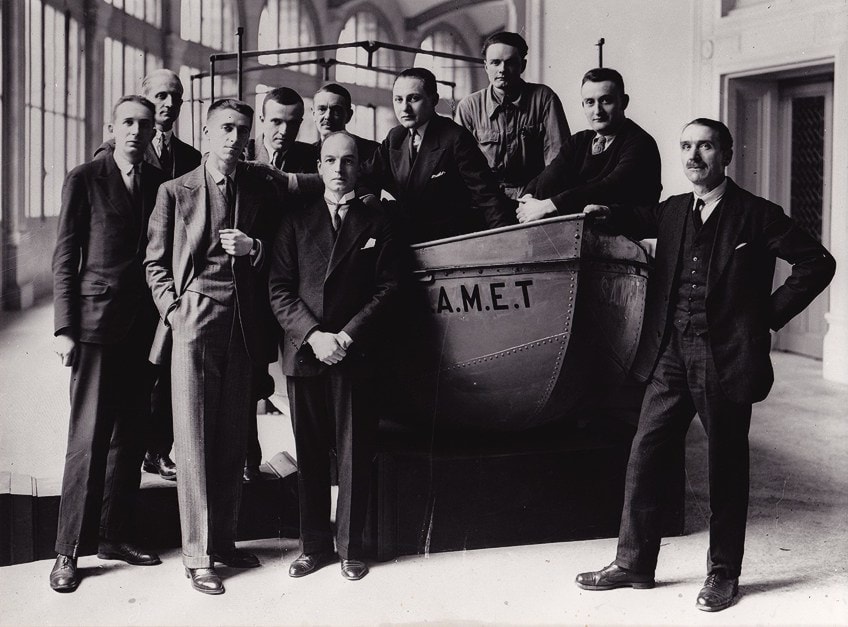
In 1907, when he spoke with Georges André Malraux, Picasso explained and has been widely quoted, about his visit to the ethnographic museum, “When I went to the Trocadéro, it was disgusting. The flea market. The smell. I was alone. I wanted to get away. But I didn’t leave. I stayed. I stayed. I understood that it was very important: something happening to me, right?”
However, Picasso reportedly denied that these were an influence on his artwork. This has been a wide debate in the art world and possibly something he “subconsciously” depicted in Les Demoiselles d’Avignon.
More specifically, the African masks undoubtedly influenced Picasso. In fact, these were probably only triggers that catalyzed how he depicted Les Demoiselles, but he was not directly paying homage to African masks.
It is also worthwhile knowing that, based on how the artist explained his visit to the ethnographic museum, he was seemingly simultaneously mesmerized and disgusted by the masks. They were from another world, especially for people living in Paris who did not have a point of reference other than a cultural museum.
Other than African masks, Picasso was also influenced by Iberian art and sculptures. It was Paul Gauguin’s paintings and sculptures, which largely portrayed Primitivism, that left an impact on Picasso, notably one of Gauguin’s exhibitions in 1906. Gauguin’s ceramic sculpture Oviri (1894), which was also exhibited, was believed to have had an influence on the production of Les Demoiselles d’Avignon.
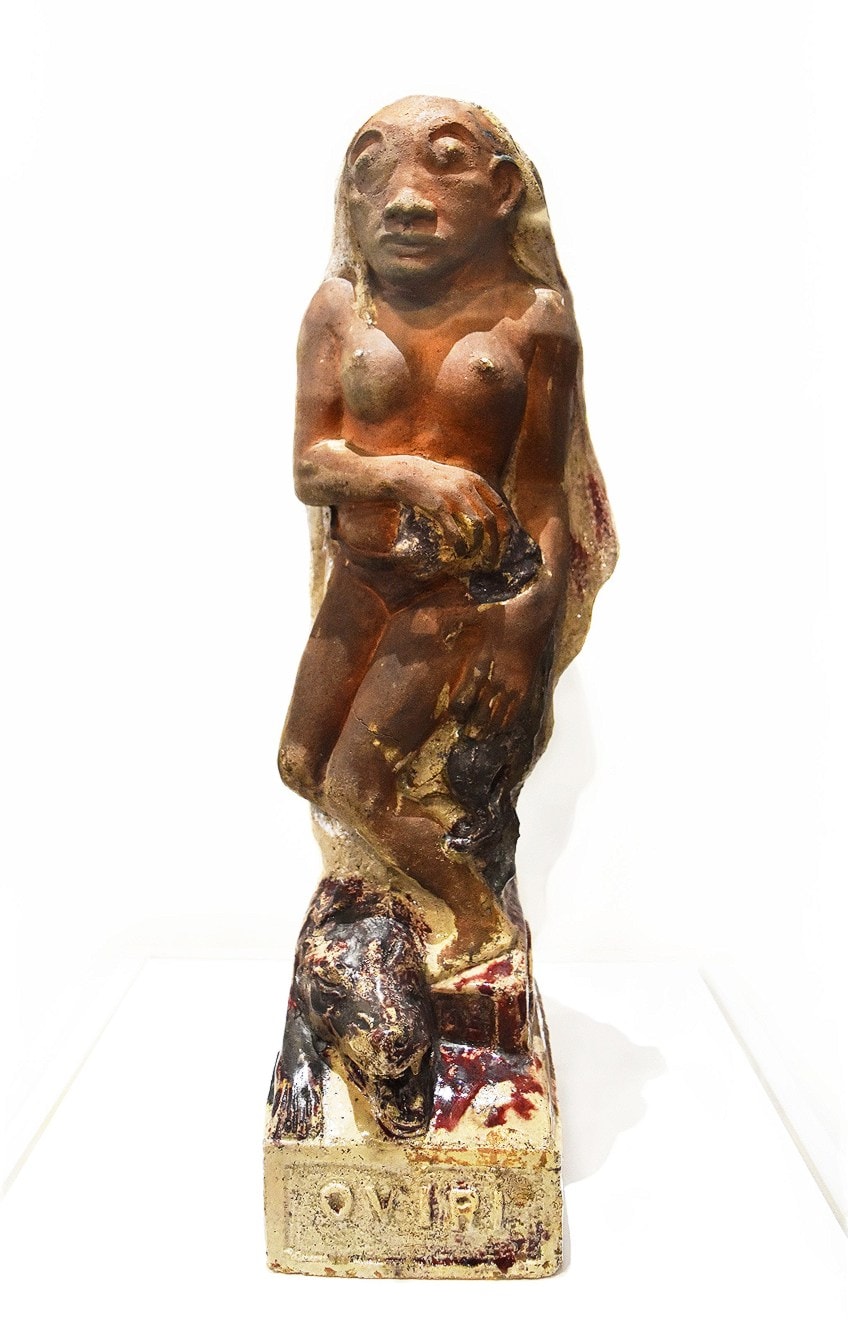
Although there is much to say about Picasso and his attraction to Primitive art, what we need to understand about this is that he seemed to be enthralled by its “magic” if we can say that. He reportedly also collected these artifacts. It was not only Picasso that was enthralled, but safe to say, many artists of the time found themselves viewing Primitive art walking the museums in Paris.
Prostitutes and a Brothel In Spain
What exactly is Picasso’s Les Demoiselles painting about? It depicts several prostitutes who were reportedly from a brothel in Barcelona in Spain on a street named Carrer d’Avinyó. Apparently, Picasso originally titled the painting Le Bordel d’Avignon (The Brothel of Avignon), but this was changed by André Salmon when it was exhibited for the first time in 1916, several years after it was painted.
The new name that Salmon suggested was reportedly not something Picasso chose, but it was more acceptable to present publicly and less sexually explicit. The subject matter of prostitutes is another large aspect of this painting and not a new type of subject matter; we see this explored in art centuries before.
A famous example includes Titian’s Venus of Urbino (1534), which shows a female nude quite graciously reclining and clearly, and quite coyly, becoming an object of sensuality for the onlooker. The manner Titian portrayed his Venus was perfectly traditional and acceptable a way to depict the female nude.
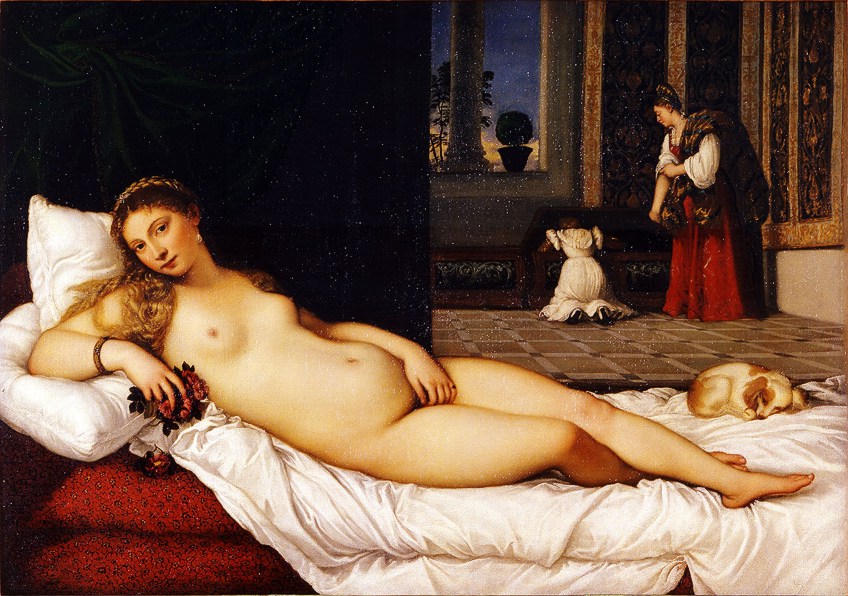
When it came to Les Demoiselles d’Avignon Picasso certainly did not portray his female nudes in any traditional way whatsoever, not even stylistically according to formal elements of color, line, or perspective. This was not the first time a female nude was portrayed in a non-traditional manner, if we look back at Édouard Manet’s Olympia (1863), it also caused a scandal because of its non-traditional approach to a very traditional subject.
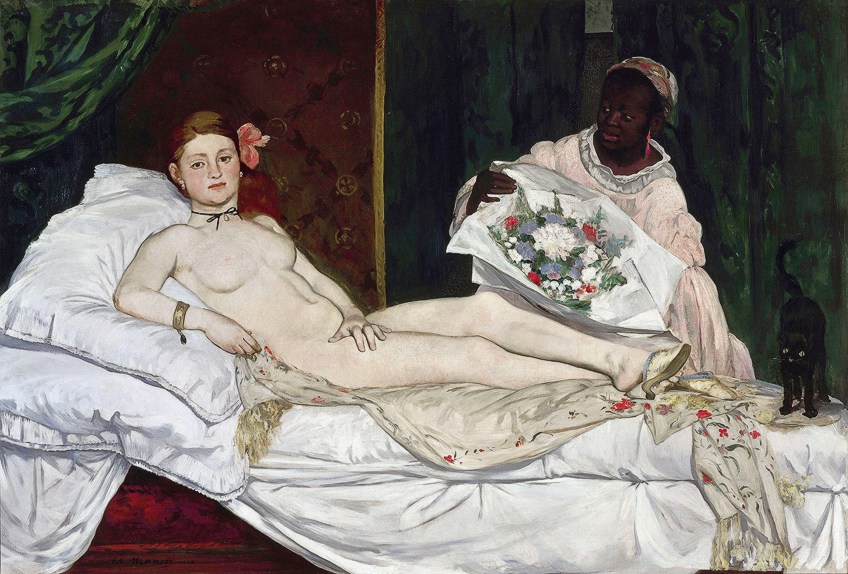
Les Demoiselles d’Avignon was a revolutionary painting and not only depicted the subject that has been deemed as ideal beauty pictorialized, but he also amalgamated it with the perceived “other”, giving them a Primitive beauty that undoubtedly amalgamated the perceptions and notions of those who viewed it.
The Beginnings of Cubism?
Many believe that Les Demoiselles d’Avignon was a painting that set off the beginnings of Cubism, however, some scholars suggest that it is an “exaggeration”. The work can be viewed as a precursor to what Cubism came to be and stylistically stand for. When we look at Les Demoiselles d’Avignon it will be useful to keep these aspects in mind and understand that it was not entirely Cubist, but as we mentioned earlier, Proto-Cubist.
It hinted at the new ways Picasso would create artworks.
Formal Analysis: A Brief Compositional Overview
Below we take a closer look at Les Demoiselles d’Avignon and how Pablo Picasso set the scene in terms of subject matter, form, perspective, and so much more.
Subject Matter
In Les Demoiselles d’Avignon Picasso presents us with five nude women, four are standing and one is sitting. The women are all looking directly at us, the viewers. This was undoubtedly also directed at the assumed client, which would have been a male visiting the brothel, and who would have equally gazed at these women to determine which one was more desirable for intimate liaisons.
The woman to the left appears to stand in profile, reminiscent of stances we see in Egyptian art; additionally, her facial features resemble the same.
She has long dark hair and her face is depicted in a dark earthier color compared to the rest of her body, which is a pinkish peach skin tone. We will also notice her hand above her head, appearing to be resting against the wall; her hand appears in the same browned color as her face.
The woman next to her looks directly at us, the viewers; her body is also facing us. Her right elbow (our left) is turned upwards as her right hand rests behind her head. She holds a white sheet in her left hand (our right), which is draped slightly over her left leg, which is slightly bent. We also notice her long brown hair behind her left shoulder (our right).
From this angle, it almost appears as if Picasso portrayed her to be viewed from two perspectives, one from the front on and one from above because her body posture also resembles someone lying down.
Similarly, the woman next to her, the third from the left, has both hands behind her head, her body is also positioned as full frontal. Although here the white sheet covers most of her lower torso area and we only see an indicative anatomical line on her lower left (our right) stomach area that leads to her genital area. Her hair is also brown and held up in a bun visible on her head.
When we move to the right of the composition there are two women, one in the foreground sitting down, and one in the background, directly behind the woman sitting. Both women have facial features reminiscent of African masks.
We notice that these are not the same color as their skin tones, which are also a pink-peach color as the other women. There are also more exaggerated stylistic details making their facial features, namely oversized noses, elongated oval-shaped faces, the woman at the back has black almond-shaped eyes while the woman in front has two smaller almond-shaped eyes, the left is white, and the right is light blue, and small oval specs for mouths. The woman in front is sitting in an overt manner, both her legs are splayed open as she squats with her elbows resting on her knees.
This is another aspect of Picasso’s painting that makes it so revolutionary for its time because he not only portrayed five women confidently directing their gaze at us with their eyes but also with their bodies and genitalia.
In the lower middle portion of the composition, we see various fruits arranged on what appears to be a table. The white draped edges meet and point directly to the woman in the center, almost leading our gaze into the scene and ultimately, into the brothel.
The background surrounding the five women appears to be a combination of white drapery or curtains, however, Picasso painted this without a visible sense of depth, so we are met with the woman and their surroundings seemingly all as one.
Color
In Les Demoiselles d’Avignon Picasso utilized a neutral color scheme, we see the dominant pink peach colors of the women’s skin tones alongside the white and blue from what seems to be the drapery or sheets around them.
There are various hints of browns, to the left we see a brown structure, which could possibly denote a doorway or another object in the room. We see areas of brown here and there, for example, on the table in the lower foreground, and various brown and black shadings around the women.
Picasso also uses thick outlines to suggest contour lines on the women’s bodies.
Perspective and Form
It is almost as if perspective and form go together here in Picasso’s Les Demoiselles d’Avignon. His form informs the perspective, but it also adds to the unique quality of the painting and what makes so many believe this as a precursor to Cubism.
The forms Picasso used here are primarily angular; we see pointed projections that come from squares and ovular shapes. For example, the women’s breasts appear cubic and triangular in form, especially the women to the left, in the back right, and the woman in the middle whose breasts appear more triangular.
We also see this projected pointiness in the women’s limbs like their elbows and knees.
If we look at the white drapery that makes up the background, but also seems part of the foreground, Picasso also depicted this in a cubic manner, separating the drapery with lines and making it appear almost disjointed, yet simultaneously joined as one object.
This informs how Picasso also utilized perspective, he joined the foreground with the background and some sources describe it almost creating a “claustrophobic” interior space. There is almost no three-dimensional quality, which is a dominant characteristic of this painting, and part of what is so different and against the grain of traditional nude paintings.
Preparatory Sketches
Picasso apparently made numerous preparatory sketches, one of these has been widely studied. It depicts two men in the scene, there was one with a textbook in his hand to the left of the composition, believed to be a medical student, and a man sitting in the center who was believed to be a sailor.
Picasso decided to exclude these figures in the original painting, however, it has been widely debated what the Les Demoiselles d’Avignon meaning would be if these men were in the scene. Would it have taken away the emphasis on the women and their seeming independence and confidence as nude women, gazing at the viewer? Would it have also taken away the one-pointed focus the women had on the viewer?
There is much debate over whether the men represented Picasso’s ideas or perspective of women, as he reportedly had a complex view of women, which undoubtedly influenced how he presented women and their qualities.
Up Close and Personal
Les Demoiselles d’Avignon was received with mixed feelings when it was exhibited. Many believed it was scandalous and lacked morality. It was overt in depicting sexuality and essentially sensuality. Nevertheless, it has been touted as one of the most “influential” paintings in art and continues to inspire artists with its non-traditional and up-close-and-personal confrontation. Some of Picasso’s later paintings include his famous oil on canvas made in 1937 titled Guernica. It has been described as a pioneering “anti-war” painting about the Spanish Civil War and when the town called Guernica was bombed.
Picasso made his mark as one of the leading artists of the Modern era and would continue to influence art movements like Abstract Expressionism.
Take a look at our Les Demoiselles d’Avignon webstory here!
Frequently Asked Questions
Who Painted Les Demoiselles d’Avignon?
Pablo Picasso, a Spanish artist, painted Les Demoiselles d’Avignon in 1907. Picasso was one of the founders and leading artists of the Cubism art movement during the 20th century.
What Is the Les Demoiselles d’Avignon Meaning?
Les Demoiselles d’Avignon depicts five nude females staring at the viewer. They are prostitutes from a brothel. There have been many debated meanings about this painting, but many describe it as a so-called aggressive portrayal of sexuality. Additionally, some scholars also posit that it was about Picasso’s own fear of the implications of sex and disease, as well as his sexual desires, which would have been met visiting a brothel.
What Style Was Les Demoiselles d’Avignon Painted In?
Les Demoiselles d’Avignon has been described as a Proto-Cubist painting because of its stylistic details that were so reminiscent of Cubism’s art style. It was also painted during Picasso’s African period, and sources suggest his interest in Primitive art also influenced the painting, specifically African tribal masks, Iberian art, and Egyptian art.
Alicia du Plessis is a multidisciplinary writer. She completed her Bachelor of Arts degree, majoring in Art History and Classical Civilization, as well as two Honors, namely, in Art History and Education and Development, at the University of KwaZulu-Natal, South Africa. For her main Honors project in Art History, she explored perceptions of the San Bushmen’s identity and the concept of the “Other”. She has also looked at the use of photography in art and how it has been used to portray people’s lives.
Alicia’s other areas of interest in Art History include the process of writing about Art History and how to analyze paintings. Some of her favorite art movements include Impressionism and German Expressionism. She is yet to complete her Masters in Art History (she would like to do this abroad in Europe) having given it some time to first develop more professional experience with the interest to one day lecture it too.
Alicia has been working for artincontext.com since 2021 as an author and art history expert. She has specialized in painting analysis and is covering most of our painting analysis.
Learn more about Alicia du Plessis and the Art in Context Team.
Cite this Article
Alicia, du Plessis, ““Les Demoiselles d’Avignon” Picasso – A Pablo Picasso Artwork Analysis.” Art in Context. February 14, 2022. URL: https://artincontext.org/les-demoiselles-davignon-picasso/
du Plessis, A. (2022, 14 February). “Les Demoiselles d’Avignon” Picasso – A Pablo Picasso Artwork Analysis. Art in Context. https://artincontext.org/les-demoiselles-davignon-picasso/
du Plessis, Alicia. ““Les Demoiselles d’Avignon” Picasso – A Pablo Picasso Artwork Analysis.” Art in Context, February 14, 2022. https://artincontext.org/les-demoiselles-davignon-picasso/.


